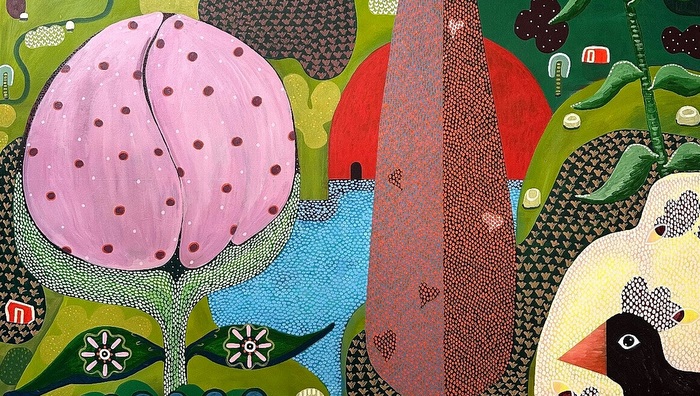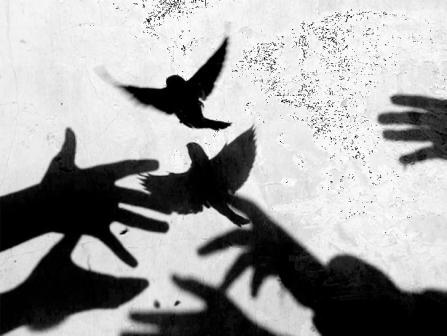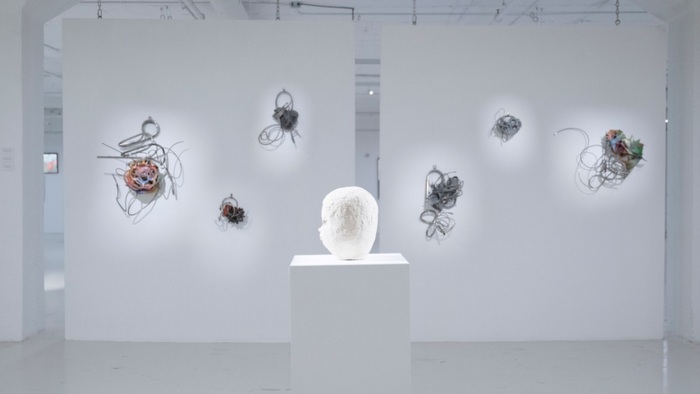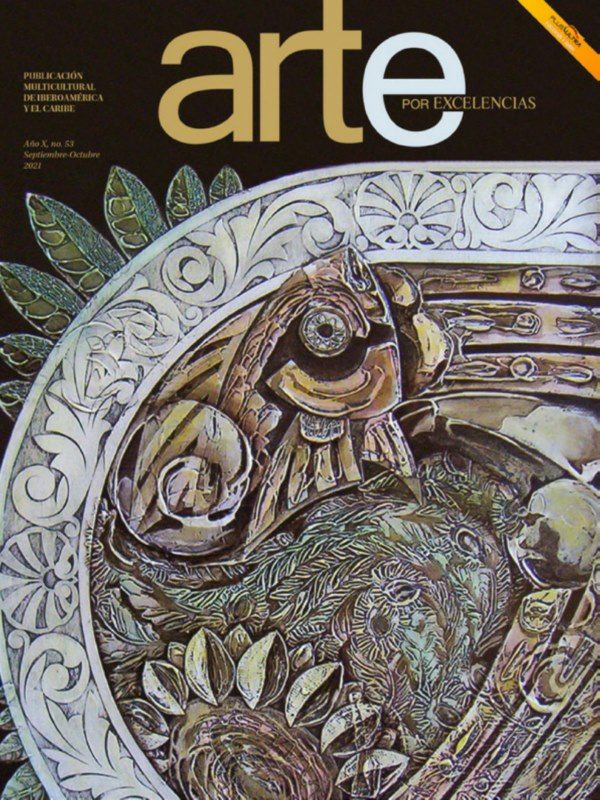Galerie Eric Mouchet is proud to present the exhibition "HOU-CHOU" releasing birds dedicated to the Japanese artist Ken Matsubara, from 23 April until 28 May.
Ken Matsubara creates objects vested with immaterial power, which have an influence on our deep consciousness. The moving images that float on the surface or that are mysteriously enclosed in glass, pertain as much to intimate recollection as to the universal, as anyone can relate to them according to one’s own references. The artist considers that human consciousness consists of memories from one’s ancient knowledge, built up and shared since the mists of time. By passing on this knowledge through generations and from one person to another, it transcends individuality.
Matsubara seeks to raise this shared memory and aspires to erase cultural, social and historical boundaries between people.
His works exude melancholy and poetry, with their simple but meaningful evocations. Thanks to the bareness of his purpose, which resembles a story without words endlessly repeated, every little ghost can find their place in our personal history. The use of video echoes the fluid and fluctuating nature of memory, whereas antique-looking objects are similar to reliquaries sheltering fragile apparitions.
In the Hou-Chou series, recently produced in several countries across South-East Asia, Matsubara studies the bird releasing ceremony that is carried out in Buddhist temples as a vow of virtue. In this practice, as in Buddhism in general, the impermanence of things and humans, the link between them and with the world, are the pillars of a philosophy with universal reach.
KEN MATSUBARA AND COLLECTIVE MEMORIES
Ken Matsubara is well-known in Japan and the U.S. for his work fed by images related to the many faces of both personal and collective memories. The photographs and video clips used in his installations seem to resurface from a recent past or a familiar remembrance, emerging from an old garret full of memories. Ken revitalizes these images in his works, making them an active part in the building of a present time. His installations stand out and never leave us indifferent, because they touch the strings of our collective unconscious.
Mara Sartore Venice, September 28, 2011
selected exhibitions
2016 “CALL AND RESPONSE” Jordan Schnitzer Museum of Art, Oregon. “Repetition” Galeria del Paseo, Uruguay
2015 “Smoke and Mirrors” Museum of Contemporary Art Jacksonville, Florida. “Venice Meeting Point” Navy Officer’s Club, Venice.
“Repetition” 10 Chancery Lane Gallery, Hong Kong 2014 “Repetition” Blue project Foundation, Barcelona
“Repetition” Olga Korper Gallery,Toronto / Art 45, Montreal / MA2Gallery, Tokyo
2012 “The Sleeping Water” MA2Gallery,Tokyo / Jonathan ferrara Gallery, New Orleans, U.S.A.
“The End of Everything/A New Beginning” LARM galleri, Copenhagen. 2011 “Winter Dreams” - The Story of Water” Spazio lightbox, Venice, Italy / MA2Gallery,Tokyo
“Night Scented Stock” Marianne Boesky Gallery, New York.
“The Tiger and the Sunflower” Schroder Romero & Shredder Gallery, New York.
2010 “Close Encounter” AKI Gallery, Taipei.
selected public collections
Newport Harbor Art Museum, Newport, California. Maison du Livre de L’ image et du Son, La Bibliotheque de Villeurbanne, Lyon. Bayly Art Museum, Virginia. Museum of Fine Arts, Houston, Texas. Bell Atlantic Corpolation, New York Readers Digest, New York. Goldman Sachs Corporation, New York. Nippon Polalroid "Polaroid Corporation of Japan", Tokyo. International Polaroid Col-lection, Cambrige, Massachusetts. Tokyo Metropolitan Art Museum, Tokyo. Deutsche Bank Collection / Bulgari Collection, New York.
award
1991 “Tokyo Metropolitan Art Museum Award"
The 20th Contemporary Art Exhibition of Japan.
Ken Matsubara works have always had a strong relationship with past and memory.
His "Clouds" remind us symbolically of the nuclear presence, "Tide" the strong and unavoidable relationship between men and water. But never, as in the series of his new works - The Sleeping Water - Storm in a Glass - has the present situation merged so clearly and dramatically.
Japan is experiencing a very difficult moment today not only because of the Fukushima disaster, and the economic crisis in the western world, but mostly because, just after the earthquake, Japanese people stopped believing and trusting their government.This lack of faith in a supreme authority represents a strong shake-up in their souls. In Japan people have grown up believing in the efficiency and the capacity of their government.
Since Fukushima the feelings and emotions of 120 million Japanese people have never stopped swinging between hope and despair, anger and uncertainty. The water in a glass is normally still, but in Matsubara’s video it is swinging and fluctuating just like the mood of people in Japan, just like the wave that came and destroyed, leaving death and desolation behind it. The "Storm in a Glass" represents with a simple image all the weight and significance of a crucial historical moment in the life of the country, which will perhaps change the destiny and the course of their lives.
Mara Sartore
Tuesday, 11 October 2011
The story of our encounter
KEN MATSUBARA
"HOU-CHOU"
RELEASING BIRDS
23 APRIL - 28 MAY 2016
OPENING SATURDAY 23 APRIL FROM 5PM
GALERIE ERIC MOUCHET, CONTEMPORARY ART
Related Publications

Patricia Leite: Cold Water
May 06, 2025
Exhibition Lucas Arruda Deserto-Modelo
May 02, 2025












